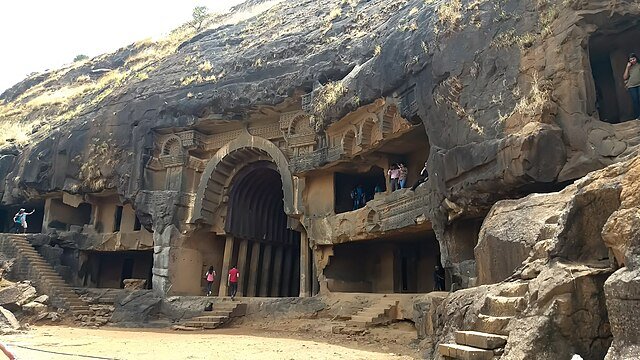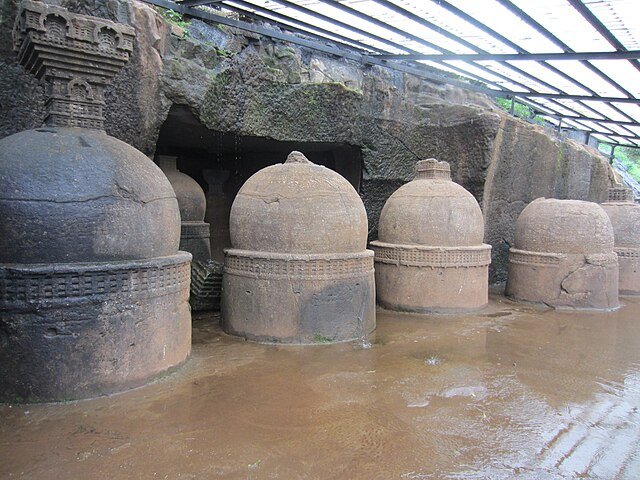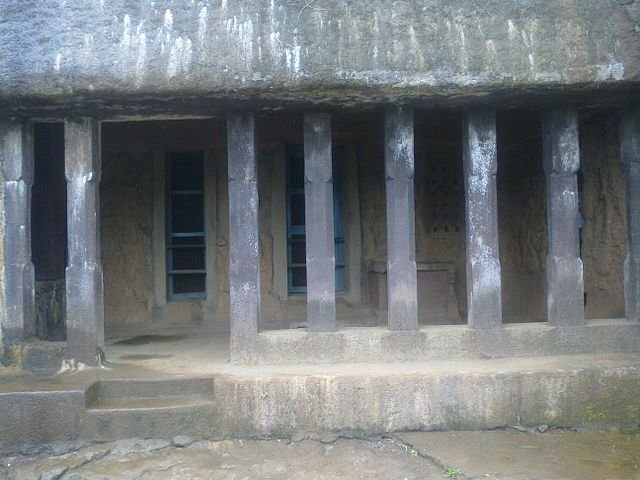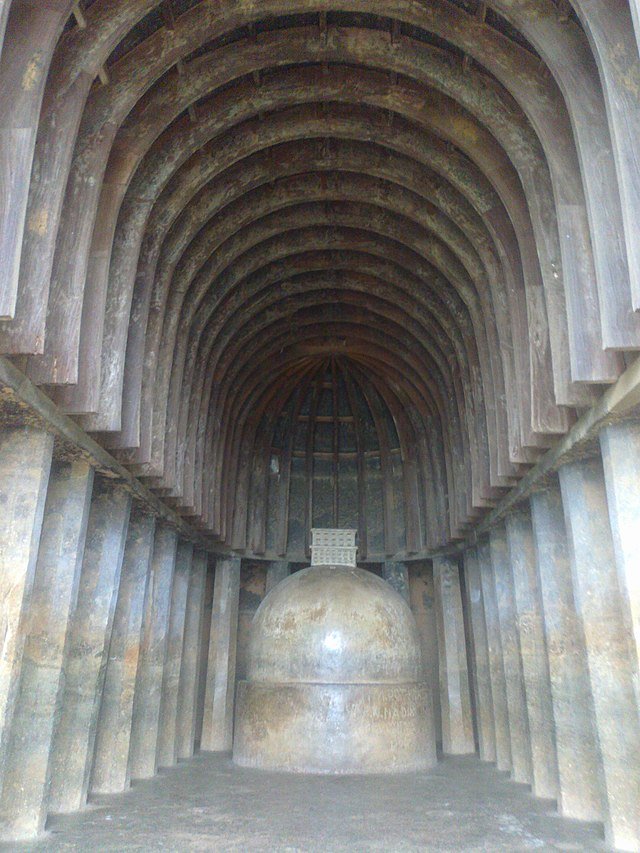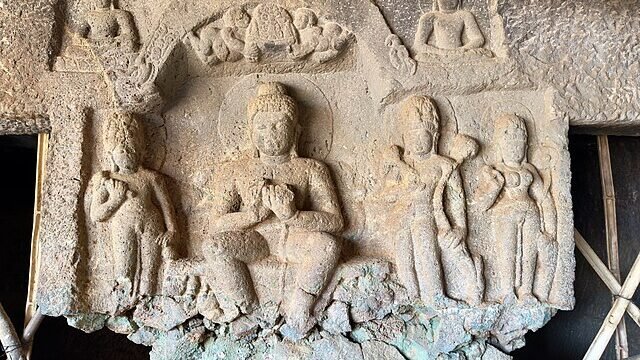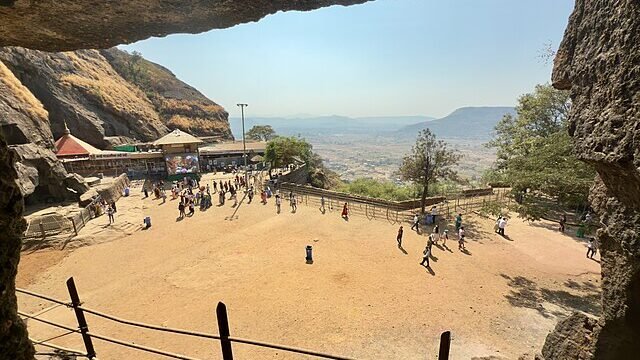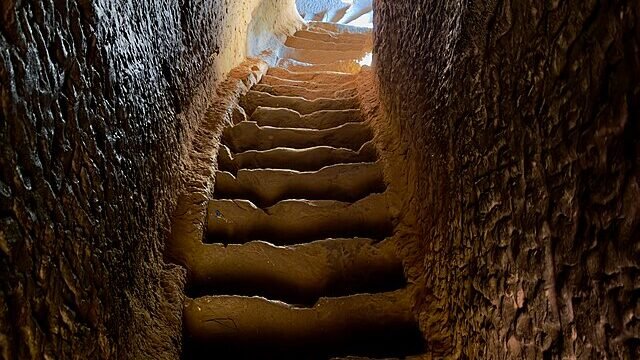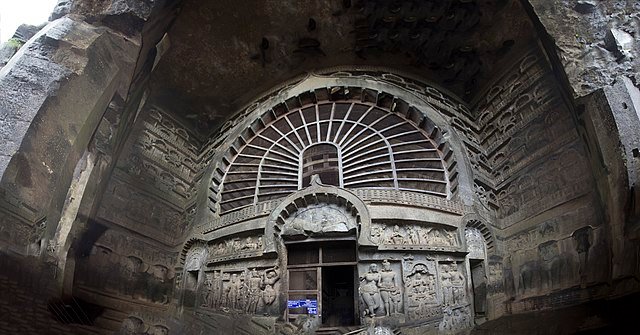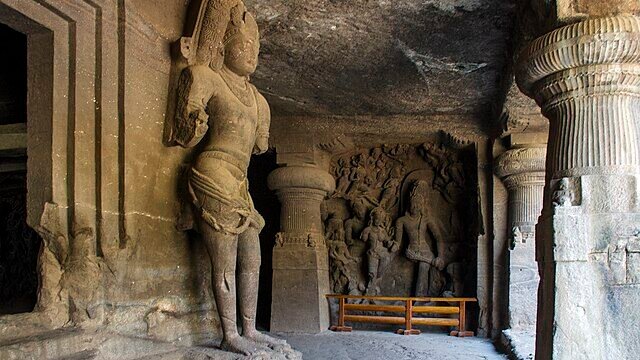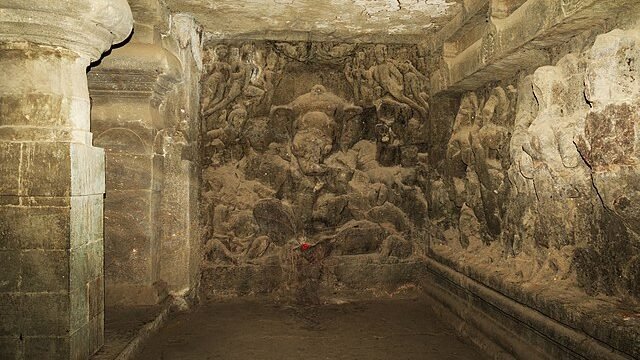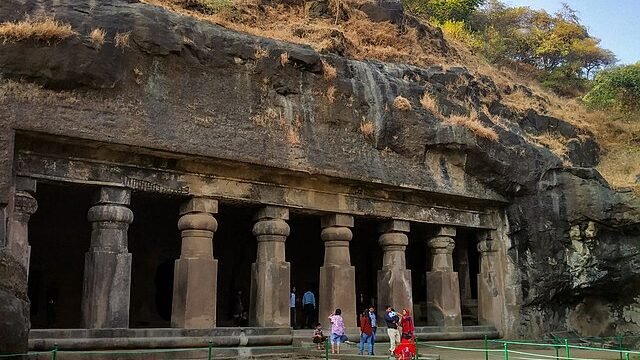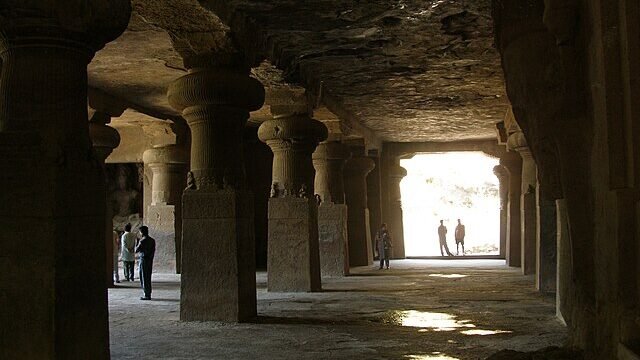Bhaja Caves : Best Tourist Place in Lonavala
Description
Hidden amidst the lush Sahyadri hills, not far from the bustling hill stations of Lonavala and Khandala, lie the ancient and captivating Bhaja Caves. Dating back over 2,200 years, this complex of rock-cut caves is a remarkable testament to early Buddhist art and architecture. The caves were a monastic retreat for Buddhist monks and a crucial stop on an ancient trade route. Visit during Pune to Lonavala One day Trip By Private Cab
What truly sets the Bhaja Caves apart is their beautifully preserved Chaitya, or prayer hall, with its unique wooden ribbing on the vaulted ceiling, and a cluster of 14 stupas, a rare and poignant tribute to the monks who lived and died here.
My visit felt like a step back in time. The trek up the hill, with a seasonal waterfall cascading near the caves during the monsoon, added to the raw beauty and historical feel of the place. The quiet reverence that permeates the atmosphere here is a stark and welcome contrast to the modern world below.
How to Reach Bhaja Caves:
The Bhaja Caves are located near the village of Bhaje, close to Malavli railway station.
- By Train: Take a local train from Pune or Mumbai to Malavli railway station. From there, it's a short auto-rickshaw ride or a scenic 2-3 km walk to the base of the caves.
- By Road: From Lonavala, it's a 10-12 km drive. You can hire a taxi or an auto-rickshaw to reach the base of the hill. The road is well-maintained, and there is parking available.
- The Climb: From the base, there's a moderate hike of about 250 steps, which takes around 30-40 minutes, to reach the caves.
History of Bhaja Caves:
The Bhaja Caves were excavated between the 3rd century BCE and the 2nd century CE, during the Hinayana phase of Buddhism. They were an important monastic center on the ancient trade route that connected the Arabian Sea to the Deccan. The caves were primarily funded by local merchants and the Satavahana dynasty, and the inscriptions found here provide valuable insights into the patronage of the time.
The most remarkable discovery at the caves is a carving that shows a woman playing a musical instrument resembling the tabla, providing one of the earliest archaeological proofs of the instrument's existence in India.
Things to Do:
A visit to the Bhaja Caves is about exploring history and enjoying nature:
- The Chaitya Hall: The main highlight is the great Chaitya (Cave 12), with its incredible vaulted ceiling and original wooden rafters. Stand in awe of the ancient Stupa at the far end.
- The Viharas: Explore the other 21 caves, which served as monastic dwellings for the Buddhist monks.
- The Stupas: Pay your respects at the cluster of 14 stupas, a unique feature of the Bhaja Caves, believed to contain the relics of revered monks.
- Art and Carvings: Examine the intricate carvings, including depictions of mythological figures like Surya and Indra, and scenes of dancers and musicians, offering a glimpse into ancient life.
- The Waterfall: During the monsoon season, a beautiful waterfall cascades near the last cave, creating a small natural pool at the base. It’s a truly mesmerizing sight.
Nearest Tourist Places:
The Bhaja Caves are located in a region rich with historical and natural attractions:
- Karla Caves: The famous Karla Caves, another set of ancient Buddhist rock-cut caves with the Ekvira Temple, are just a short distance away.
- Lohagad Fort and Visapur Fort: Two historic hill forts nearby, popular for trekking and offering panoramic views of the surrounding valleys.
- Lonavala and Khandala: The popular hill stations with attractions like Tiger's Point, Duke's Nose, and Bhushi Dam.
- Pawna Lake: A serene lake perfect for camping and picnics, offering a peaceful retreat.
Significance:
The Bhaja Caves are a cornerstone of Indian rock-cut architecture, representing some of the earliest examples of the style. They hold immense significance for understanding the evolution of Buddhist art and monastic life in ancient India. The caves are a protected monument under the Archaeological Survey of India (ASI), ensuring their preservation for future generations.
For history enthusiasts, spiritual seekers, and nature lovers, the Bhaja Caves offer a unique and profound experience, connecting them to a time when art, faith, and trade flourished in the heart of the Western Ghats.
Some FAQs:
- What are the opening hours of the Bhaja Caves? The caves are open from 8:00 AM to 6:00 PM daily.
- Is there an entry fee? Yes, there is a nominal entry fee.
- Is photography allowed? Photography is permitted, but flash photography is restricted inside the caves to protect the ancient structures.
- How much time is needed to visit? Allocate at least 1-2 hours to explore the caves and enjoy the surroundings.
- Are there food and water facilities? Basic food stalls and water vendors are available at the base of the hill and near the caves.
Location
Review
Login to Write Your ReviewThere are no reviews yet.

